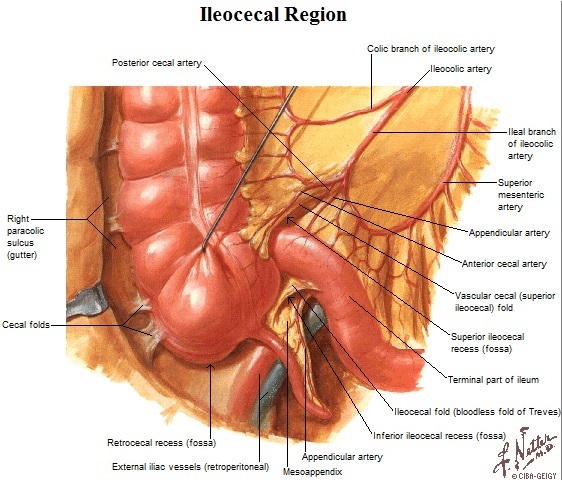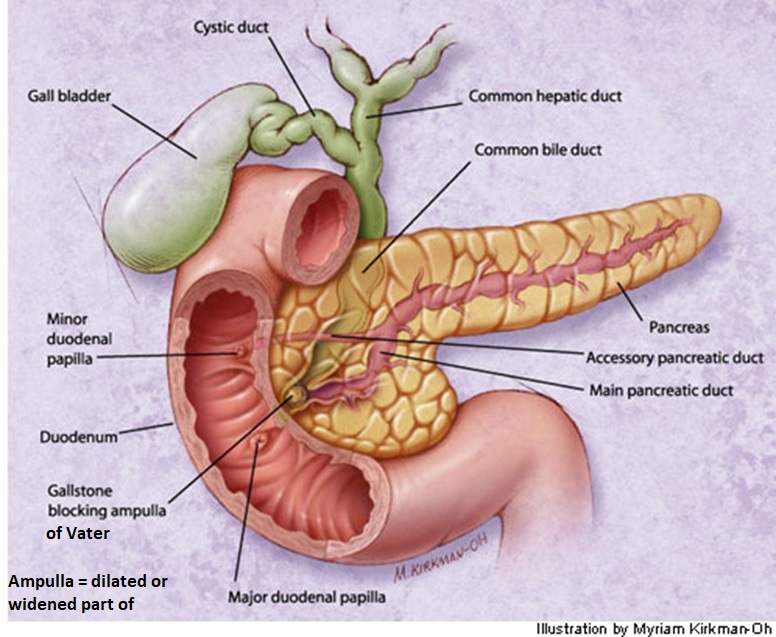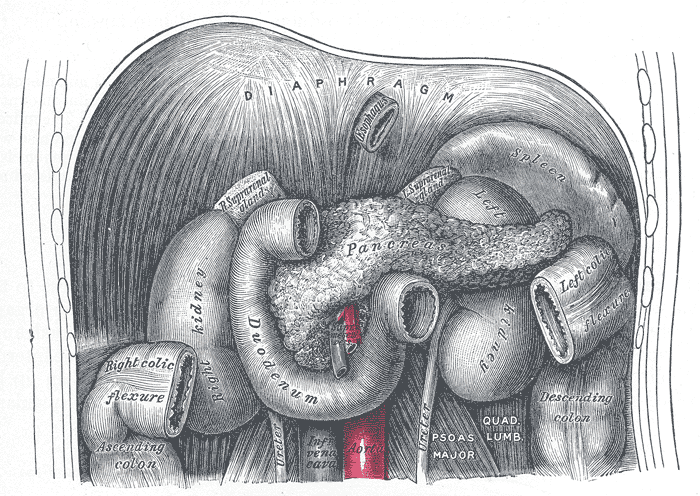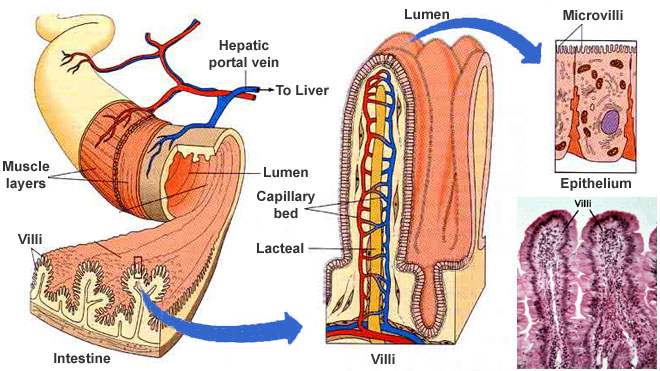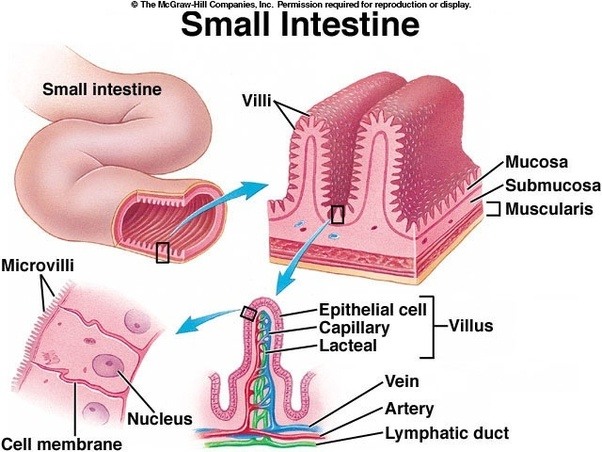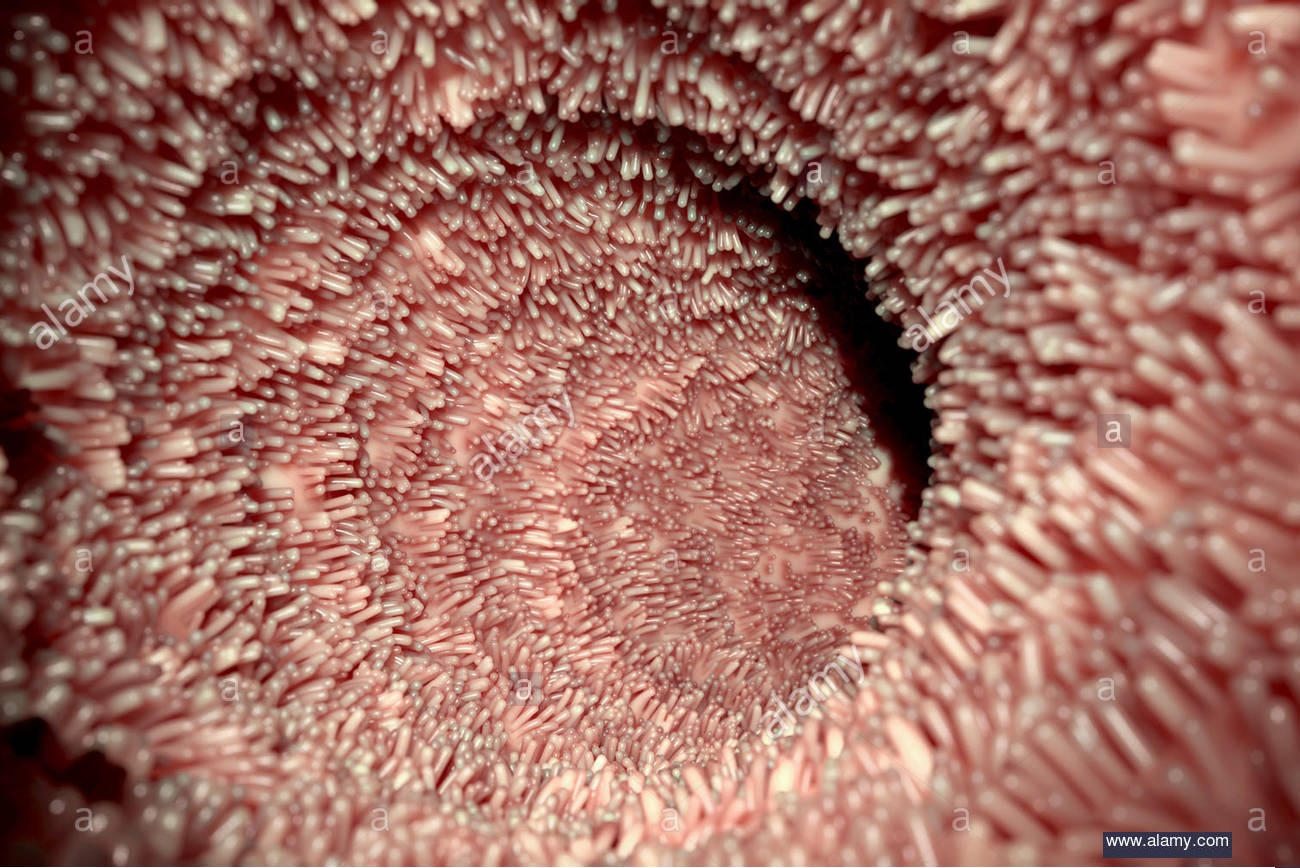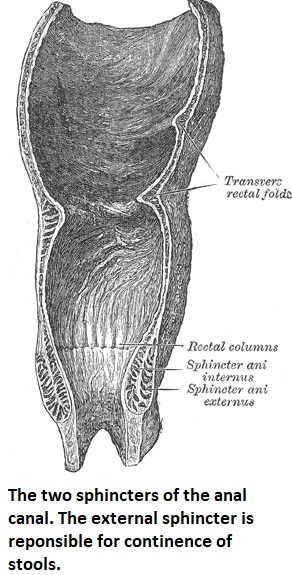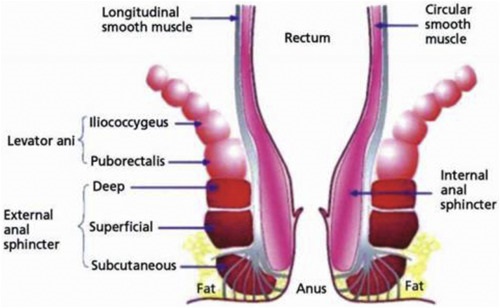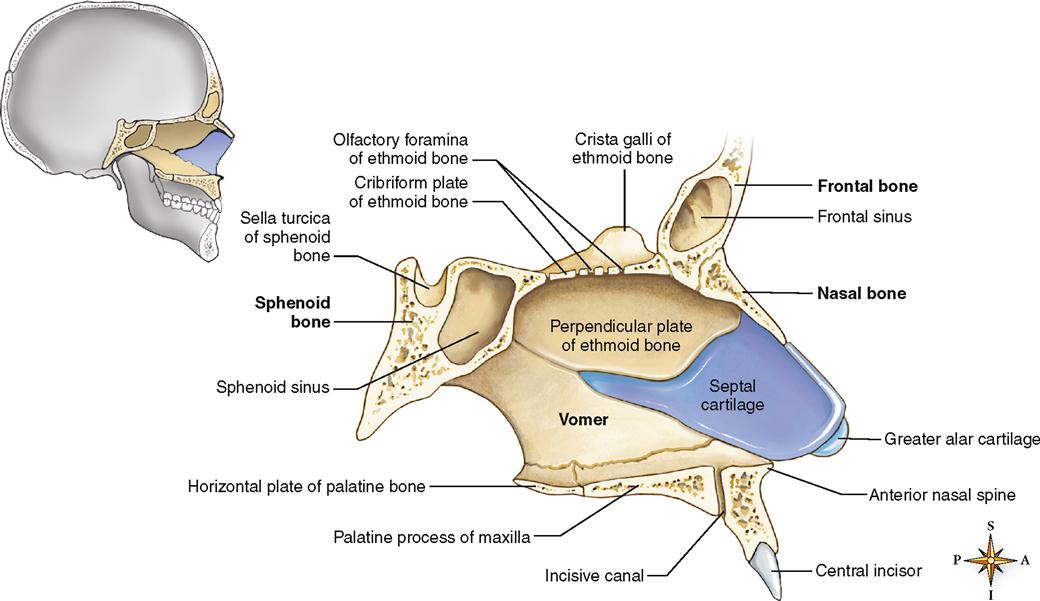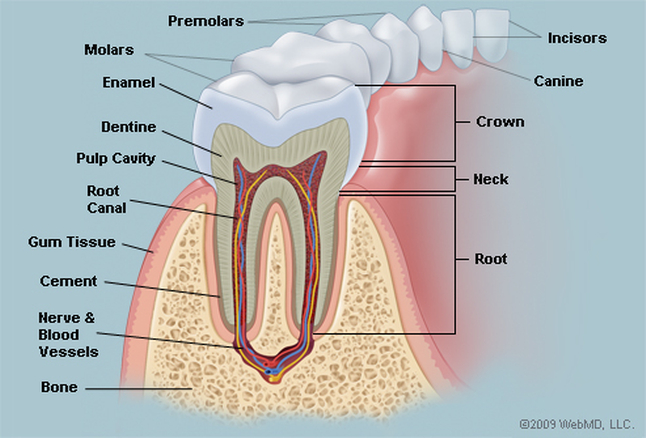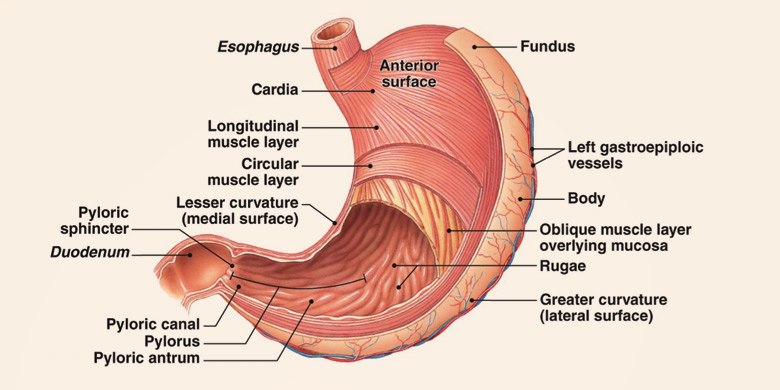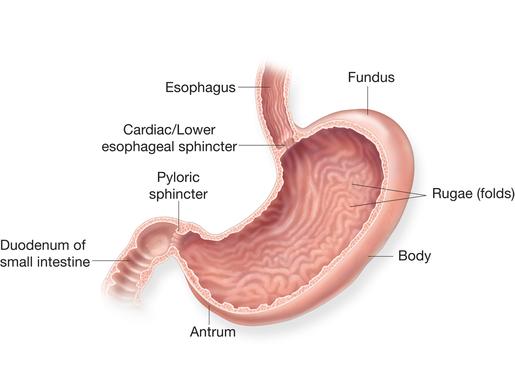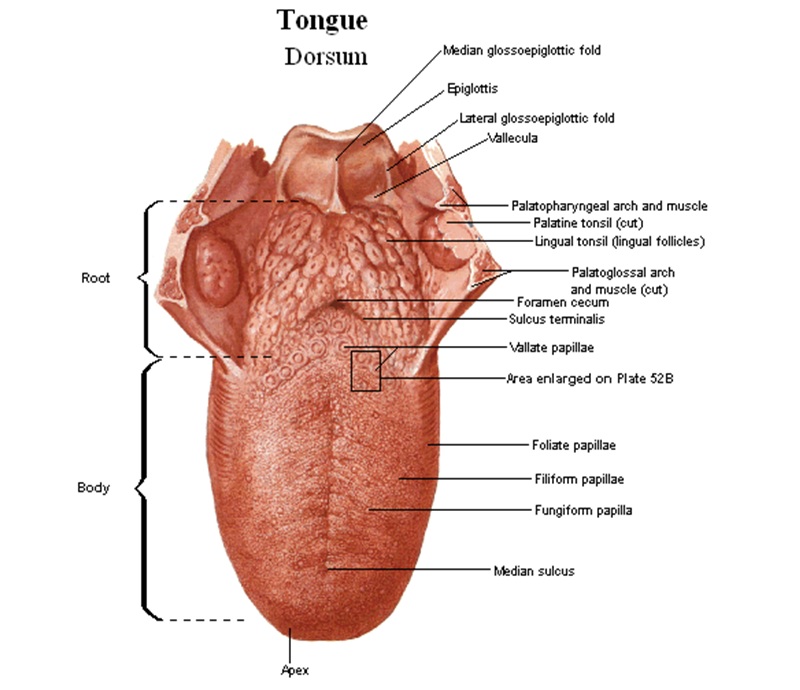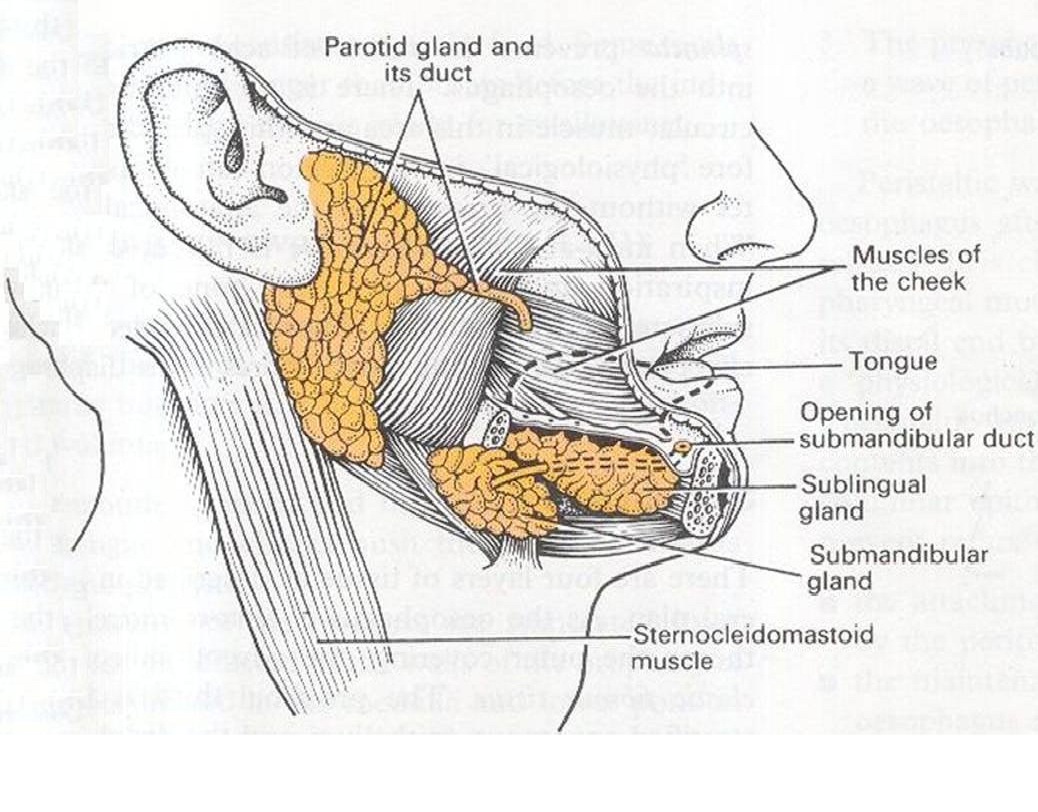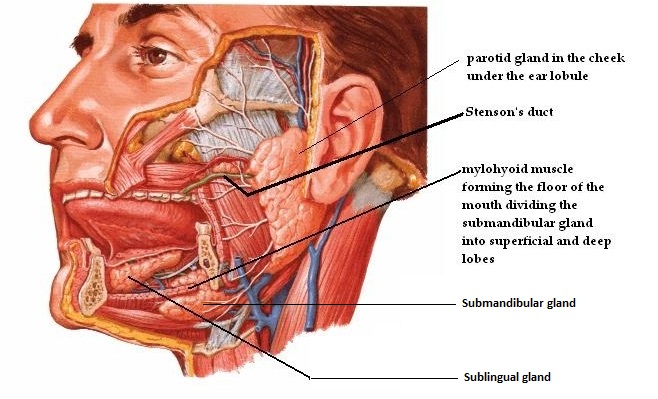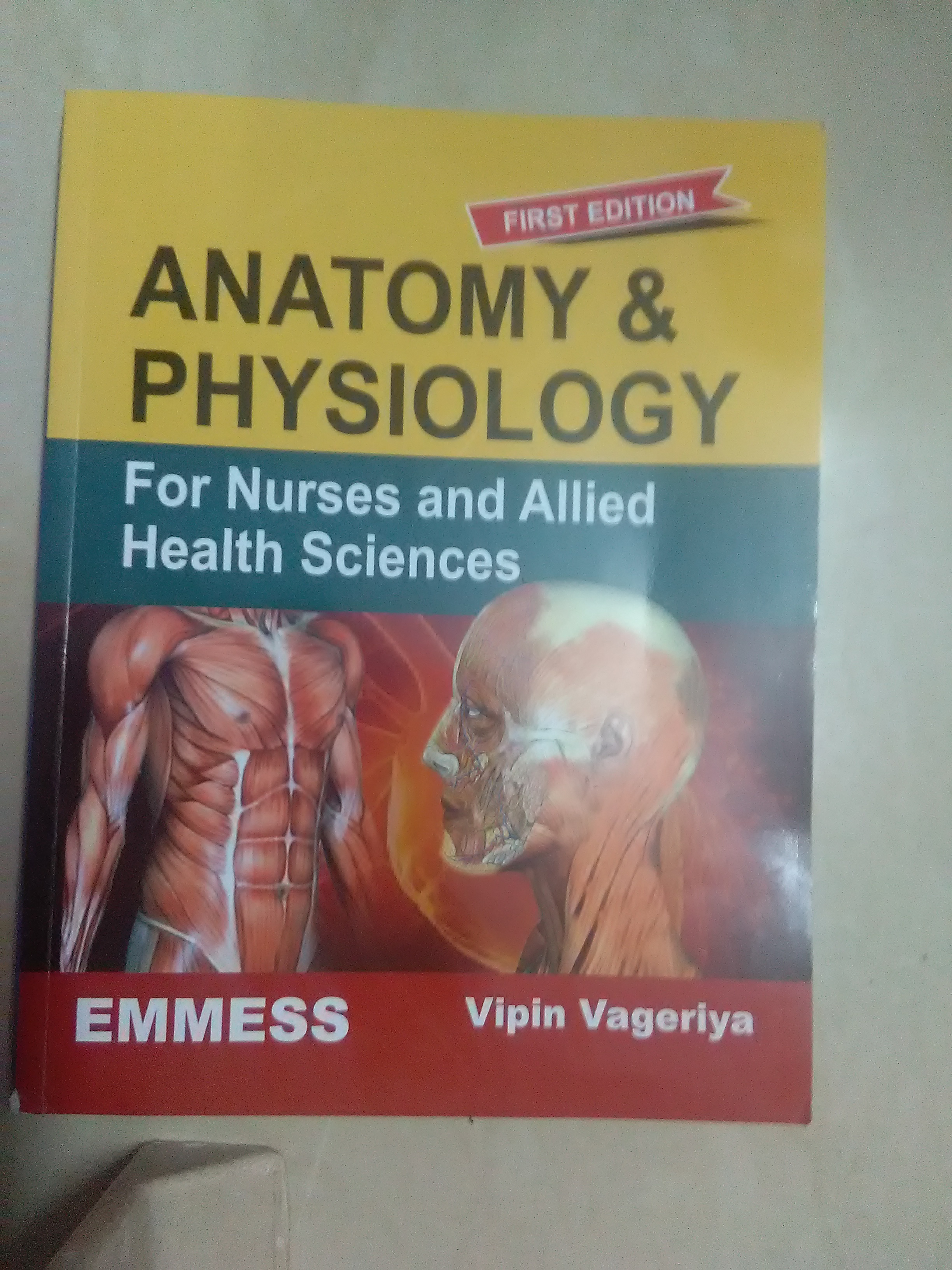Gastro-Intestinal System
Multiple Choice Questions
Prof.Vipin Vageriya
1. Ileoceacal junction is part of which organ-
a. Stomach
b. Esophagus
c. Small intestine
d. Mouth
2. Ampulla of vater is the connection between
a. Stomach and oesophagus
b. Pancrese and duodenum
c. Pancrese and gall bladder
d. Pylorus and fundas of stomach
3. Intestinal villi help in-
a. Secretion
b. Excretion
c. Absorption
d. Emulsification
4. All are the function of small intestine except-
a. Neutralization of food
b. Bowel movement
c. Mechanical digestion
d. Secrete gastric juice
5. Which is the shortest part of small intestine-
a. Jejunum
b. Duodenum
c. Ileum
d. Caecum
6. The approximate length of small intestine in cm is . .
7. Small intestine is also known as. . .
8. Belching means…………
9. Shape of stomach is……….J alphabet of English.
10. Which part of small intestine is C in shape-
a. Jejunum
b. Duodenum
c. ileum
d. Caecum
11. Ceacum and appendix part of large intestine is located at-
a. Right iliac fossa
b. Left iliac fossa
c. Right hypochondrium
d. Left lumbar region
12. Appendix is connected with-
a. Duodenum
b. Ilium
c. Caecum
d. Stomach
13. Gastric juice consist of-
a. Water
b. Enzyme
c. Pepsin & Renin
d. All
14. How many sphincters are present in anus….
a. 1
b. 2
c. 3
d. 4
15. Transverse colon is lies between--
a. Ascending colon and sigmoid colon
b. Ascending colon and rectum
c. Ascending colon and descending colon
d. Stomach and duodenum
16. All are the structures surrounding the stomach except-
a. Liver
b. Gall bladder
c. Spleen
d. Cranium
e. pancreas
17. Stomach occupies all regions of abdominal cavity except-
a. Umbilical region
b. Epigatric region
c. Left Hypochondriac region
d. Right Iliac fossa
18. What is the length of large intestine?
a. 25 cm
b. 150 cm
c. 250 cm
d. 350 cm
19. Which part of small intestine has the maximum length?
a. Duodenum
b. Ileum
c. Caecum
d. Stomach
20. Rectosigmoid junction is prepsent between…
21. Which of the following is an unpaired bone:-
a. Temporal
b. Nasal bone
c. Palatine
d. Ethmoid
22. Defecation is the process of passing-
a. Saliva
b. Mucus
c. Stool
d. Urine
23. Dark brown color of stool is because of-
a. Stercobilin
b. Pepcin and rennin
c. E. Coli bacteria
d. Pepsinogen and gastric juice
24. Enlist the names of accessory organs of the GI system-
25. All are the layers of tooth except-
a. Pulp
b. Dentin
c. Enamel
d. Cementum
26. Write the names of the curvatatures of stomach.
Ans……………
27. Write the names of sphincters present in stomach?
Ans……………
28. Which is not the layer of GI tract?
a. Submucosa
b. Frenelum
c. Mucosa
d. Serosa
29. Write the names of papillae present on the tongue.
30. Greater omentum is attached below to….
a. Ascending colon and
b. Transverse colon
c. Rectum
d. Stomach
31. All are tastes perceived by tongue except:-
a. Sweet
b. Sour
c. Bitter
d. Dozzy
32. All are the functions of GI System except-
a. Digestion
b. Ingestion
c. Excretion
d. Purification
33. Write the names of the cavities present in the human being?
34. Total number of facial bones in skull?
a. 20
b. 14
c. 24
d. 8
35. Which one of the following is a paired bone?
a. Frontal
b. Occipital
c. Zygomatic
d. Sphenoid
36. All are salivary glands except-
a. Parotid gland
b.Gluteal gland
c. Submandibular gland
d. Sublingual gland
37. Which salivary gland is situated under the tongue-
a. Parotid gland
b. Gluteal gland
c. Submandibular gland
d. Sublingual gland
38. Saliva consist of water in percentage-
a. 95
b. 98
c. 100
d. 90
39. What is the length ratio between large and small intestine?
a. 4.16
b. 5.4
c. 6.5
d. 7.2
40. What is the meaning of stenosis-----
a. Opening
b. Closing
c. Connection
d. Narrowing
41. What is the meaning of the medical term "tomy" ?
a.Puncture
b.Removal
c.Cutting
d.Bleeding
42. Inflammation of appendix is known as………..
43. Blood in stool is known as………….
44. Lack of appetite is also known as……….
a. Bullamia
b. Anorexia
c. Dyspnea
d. Polypepsia
45. Liver is located on-
a. Right side of body
b. Left side of body
c. Above cranial Cavity
d. Inside to pelvic cavity
46. Cross match column A with column B--- (5 marks)
Column A Answer Column B
1.Superior a.Side
2.Inferior b. Nearer to center
3.Lateral c. Above
4.Distal d. Farther from center
5.Proximal e. Below
f. Between
47. Cross match column A with column B--- (7 marks)
Column A Column B
a.-itis 1.A new permanent opening
b.-lysis 2.Destruction, break down
c.-ostomy 3.Inflammation
d.-otomy 4.Same
e. Homo- 5.Cutting into, incision
f. Hepato 6.Lungs
g. Pulmo 7.Liver
8. Kidney
48. Cross match column A with column B---
Column A Column B
1.Mycology a. Foetus
2.Embryology b. Muscle
3.Cytology c. Brain
4.Histology d.Cell
5.Osteology e. Tissue
6.Neurology f. Bone
7. Myology g. Tissue
h. Fungus
49. Bile is secreted by----
a. Stomach
b. Pancreas
c. Ilium
d. Liver
50 Secretion of insulin is the function of-
a. Stomach
b. Pancreas
c. Gall bladder
d. Liver
51. Function of goblet cell is……….
a. Secrete stool
b. secrete digestive juice
c. secrete mucus
d. Regulate insulin secretion
* * * * * * * * * * * * * * * *



